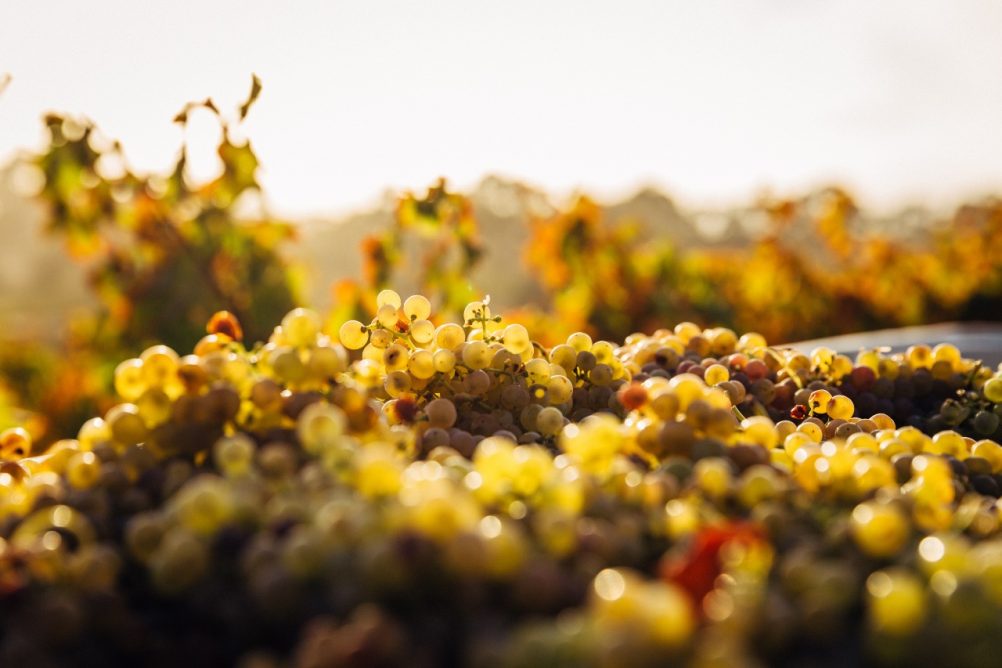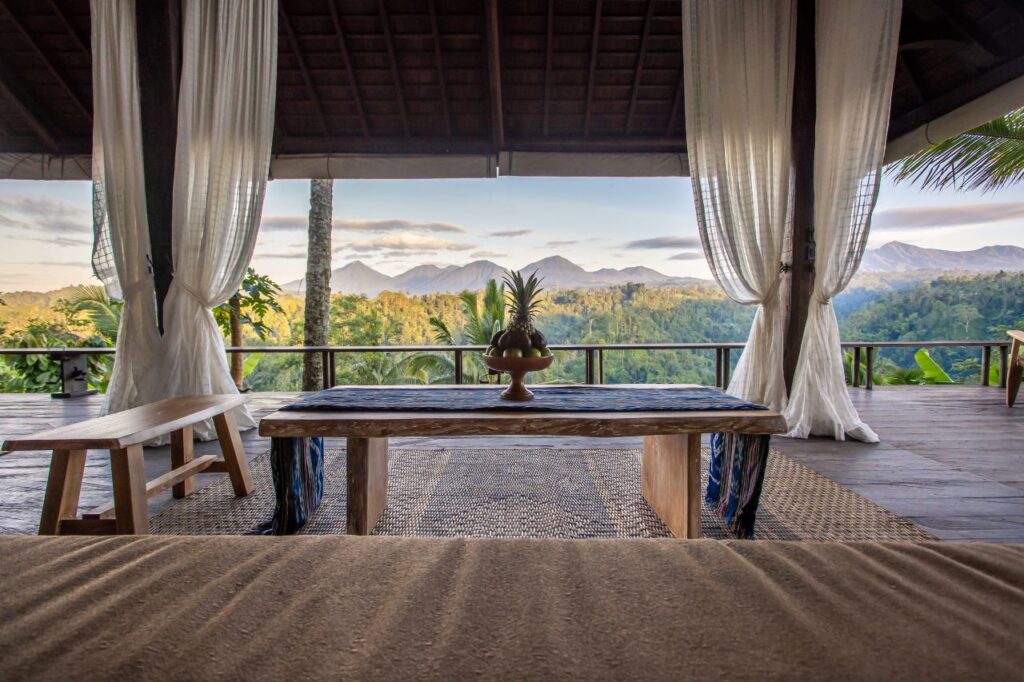Wine in Sicily: a beginner’s guide
This island produces some of Italy’s most memorable wines.
Words by Ute Junker
Photo Thomas Schaefer via Unsplash
My very first mouthful of Sicilian wine was almost my last. It was many years ago and I was dining at a Michelin-starred restaurant in Italy that was known for its extensive selection of rare wines. Each course was served with a different wine and the sommelier’s instructions were simple. Food and wine go together. Don’t try one without the other.
The thing is, I don’t always follow instructions. I was particularly intrigued by the white wine from Sicily grown on the slopes of Mount Etna so when he poured it – even though the veal dish it was paired with hadn’t yet arrived at my table – I sneaked a sip when his attention was elsewhere.
It was disgusting. It tasted like a mouthful of ashes. At that moment, I almost wrote Sicilian wines off for good.
Fortunately, once the veal arrived I gave it one more shot – and was astonished at how those ash notes cut right through the insanely rich sauce teamed with the veal. It was a fantastic pairing that made me think that maybe, just maybe, I might at some stage try another Sicilian wine.
A lot has changed since then. Sicily’s boutique wineries have built a global reputation for themselves – perhaps not surprising, given that wine has been grown here for more than 3000 years. The island has more than 100,000 hectares under wine – a third of it farmed organically – and produces more than wine Tuscany and Piedmont. Climatic conditions vary. Some areas are arid, others lush; some vineyards sit at sea level, other are at an altitude of 1300 metres.
If you are keen to explore Sicilian wines, here are the basics.
Where should I go?
Almost anywhere. Sicily’s wine regions are scattered right across the island, with 23 separate DOG designations and one DOCG (Italy’s highest quality wine designation). You will fine wine regions from Faro in the north-east past Etna down to Noto and Eloro in the south, over to Marsala in the west – the island’s largest wine area – and even around the capital Palermo.
What should I drink?
Start with the local varietals. The island’s most acclaimed wine, the DOCG Cerasuolo di Vittoria from the southeast, is a blend of the two principal red varietals – Nero d’Avola and Frappatto. Expect berry and cherry flavours (cerasuolo means cherry) with notes of licorice and leather.
The white Grillo grape grows well on the sun-drenched plains around Marsala, and produces crisp mineral wines that can soften with barrel ageing. Mount Etna has its own distinctive varietals. The majority of wines grown here are made with the red Nerello Mascalese grape, but the white Carricante is gaining in popularity. With intense sunlight, twice as much rainfall as the rest of the island and of course those volcanic soils, the region produces some of Sicily’s most complex wines.
Any specific wineries to check out?
Ask any Sicilian for their pick of the island’s top wineries and you are likely to get different answers, but the names Donnafugata and Palari are likely to be top of the list. Another major player, Planeta, makes wine from six different regions around the island and has a wine to suit almost any palate. If you prefer low-intervention wines, try Agricola Occhipinti and COS. For the best of Mount Etna, try Tenuta Tascanta, Tenuta delle Terre Nere and Frank Cornelissen.



